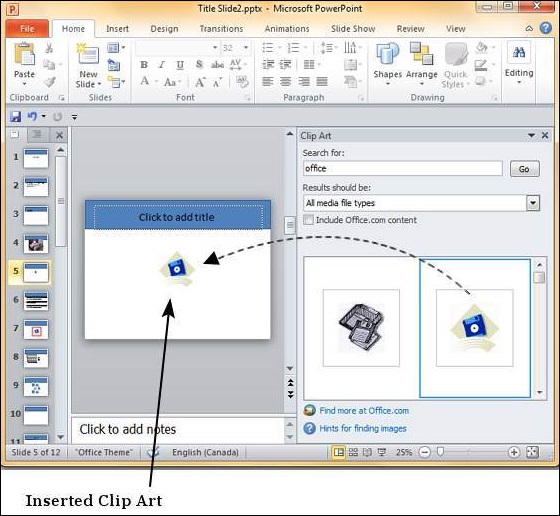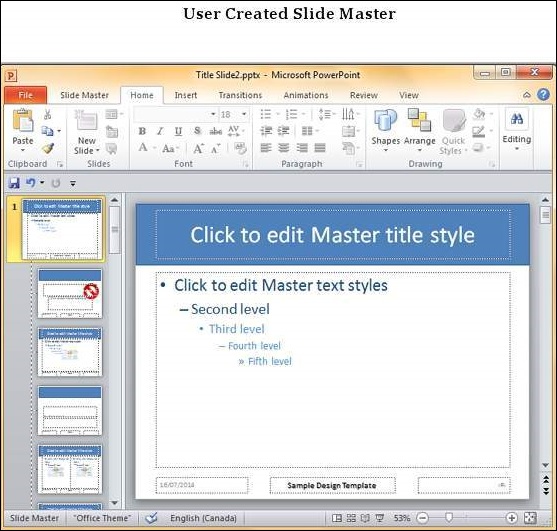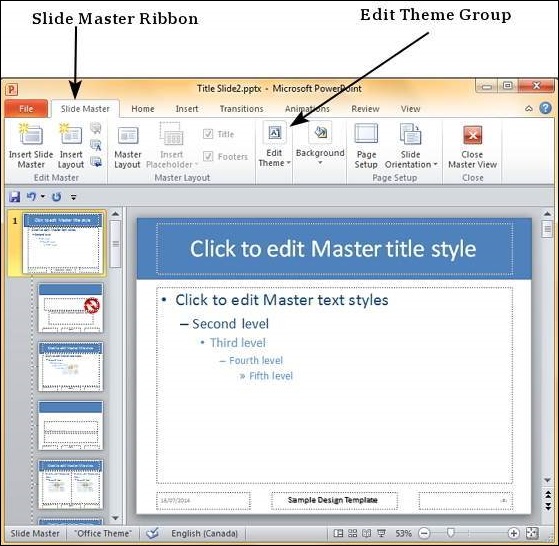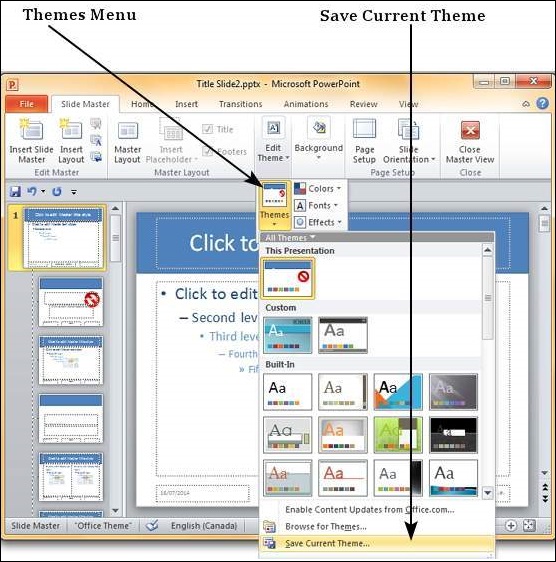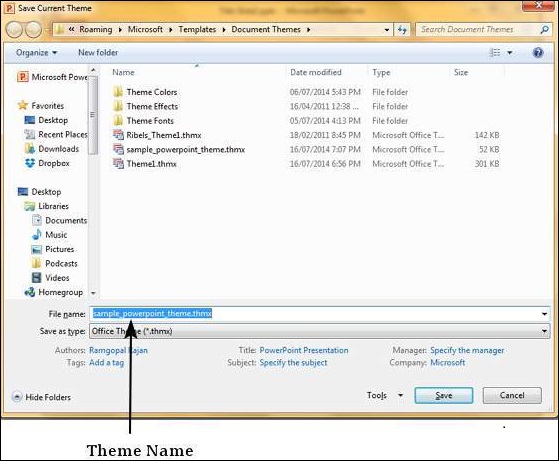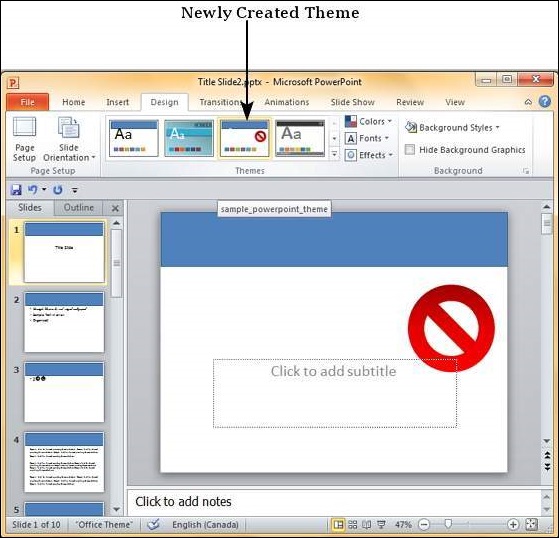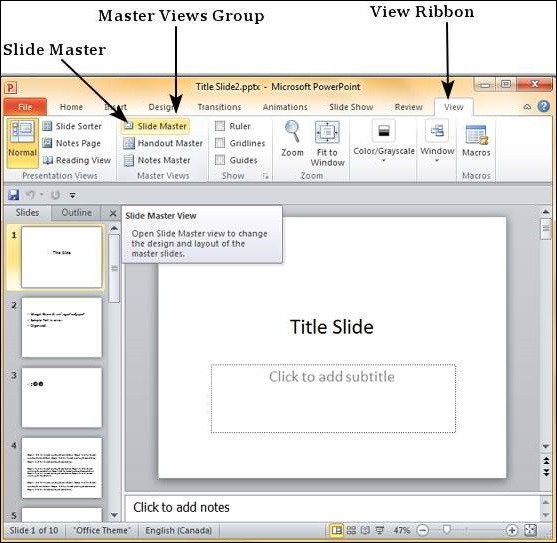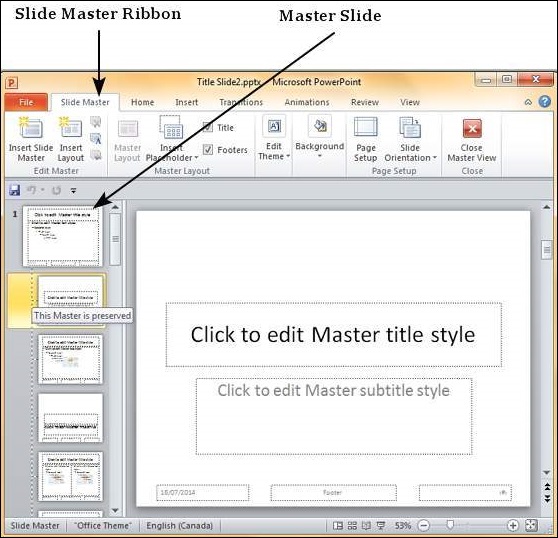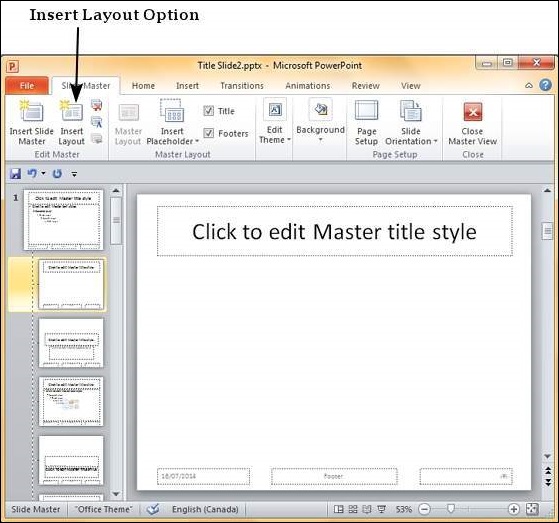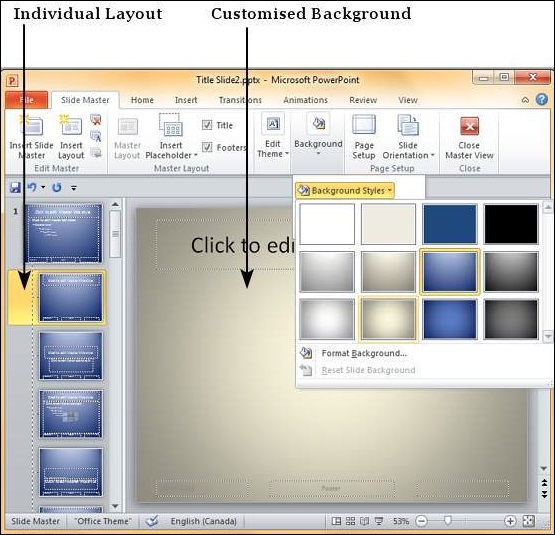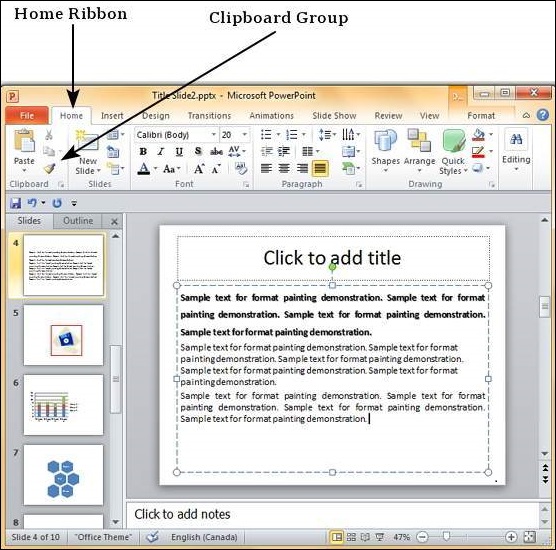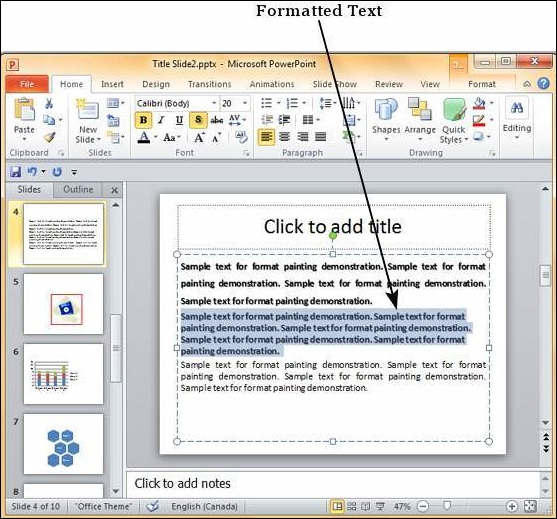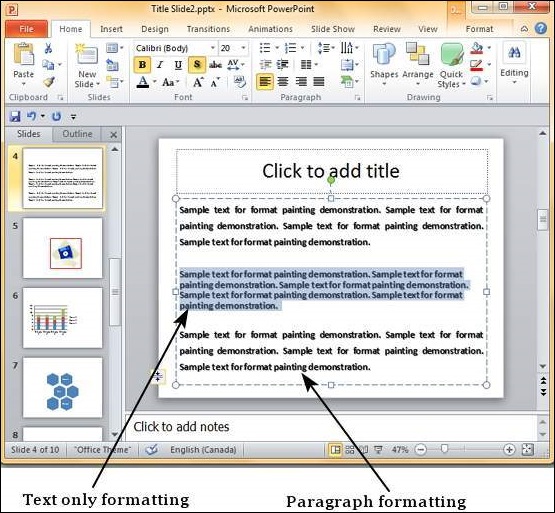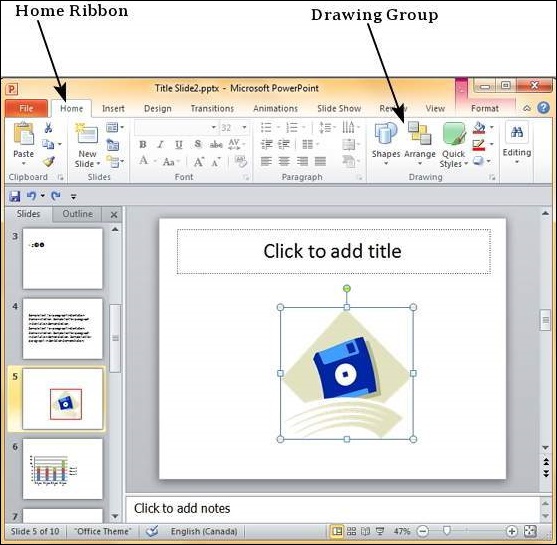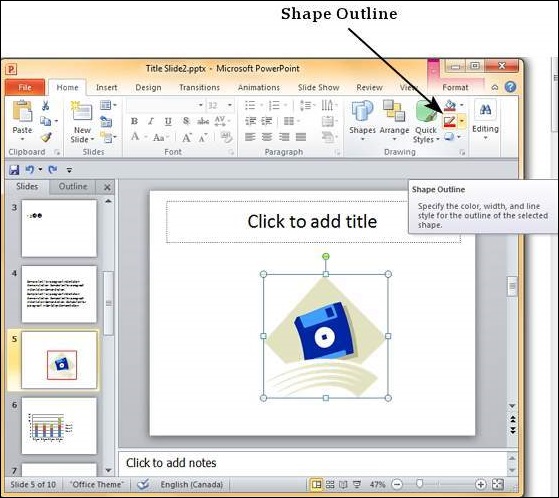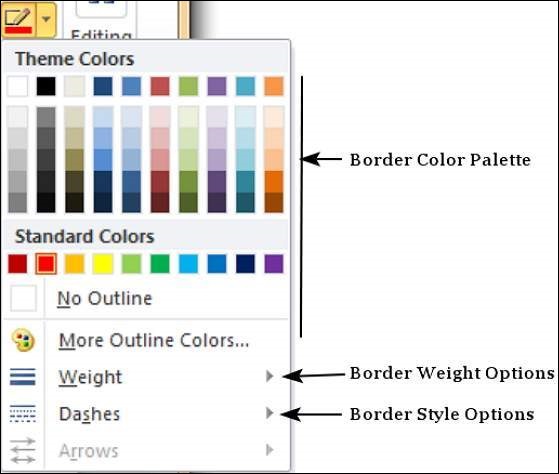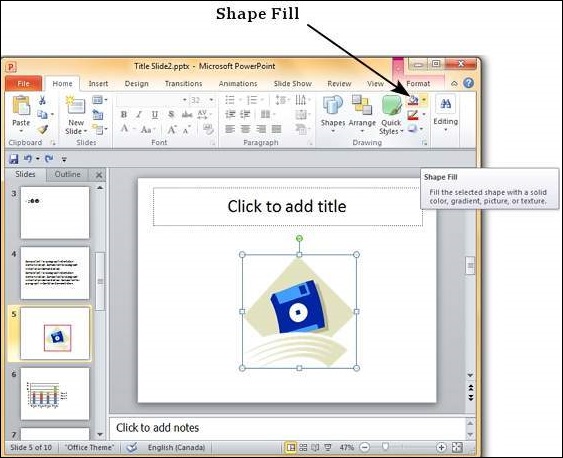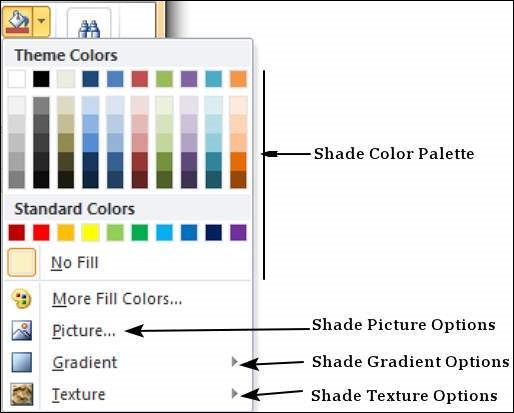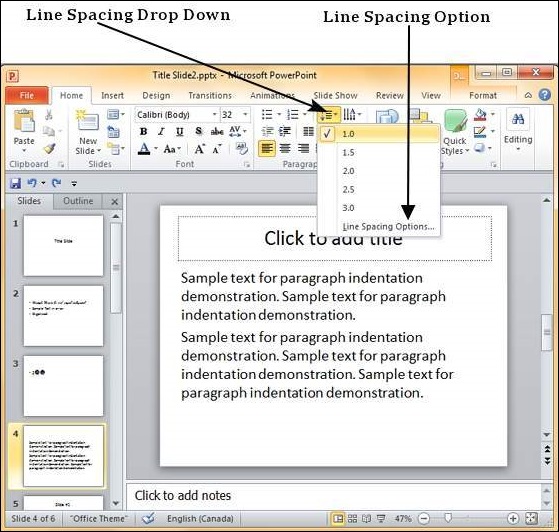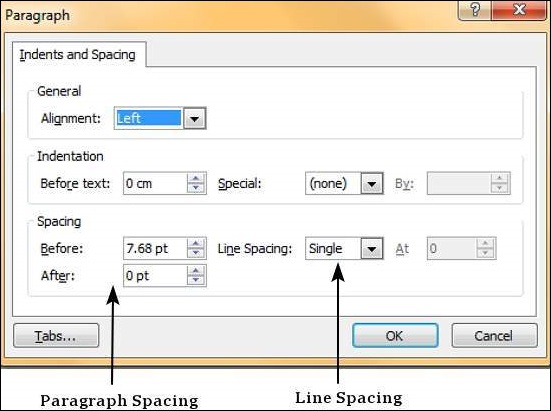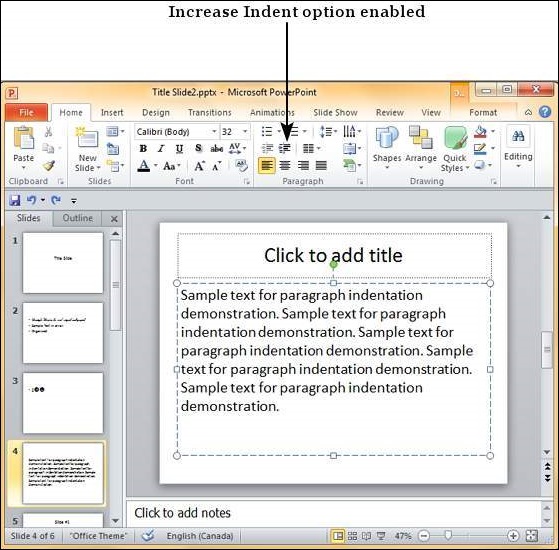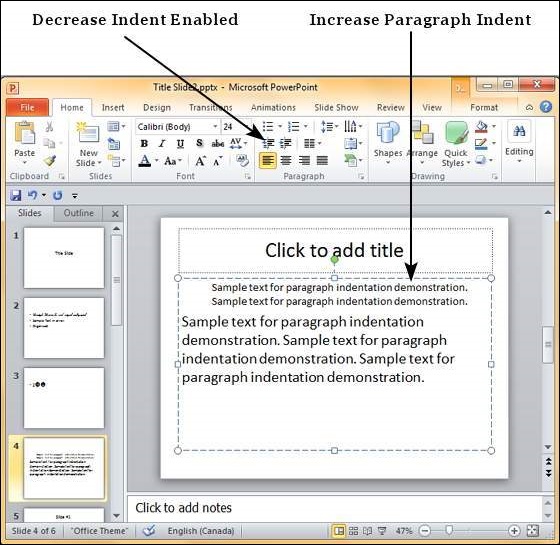PowerPoint supports multiple content types including images or pictures. With regards to pictures PowerPoint classifies them into two categories −
- Picture − Images and photos that are available on your computer or hard drive
- Clip Art − Online picture collection that you can search from the clip art sidebar
Although their sources are different, both these types can be added and edited in similar fashion. Given below are the steps to add picture to a slide.
Step 1 − Go to the Images group in the Insert ribbon.
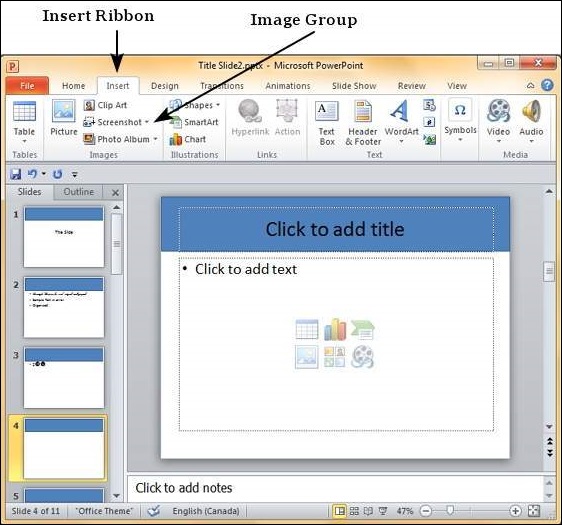
Step 2 − Click on Picture to open the Insert Picture dialog and add a picture to the slide.
Step 3 − In this dialog, you have three sections: to the left corner, you have folders that can be browsed, the section in the center shows the subfolders and files in the selected folder and to the right, you can have a preview of the selected image.
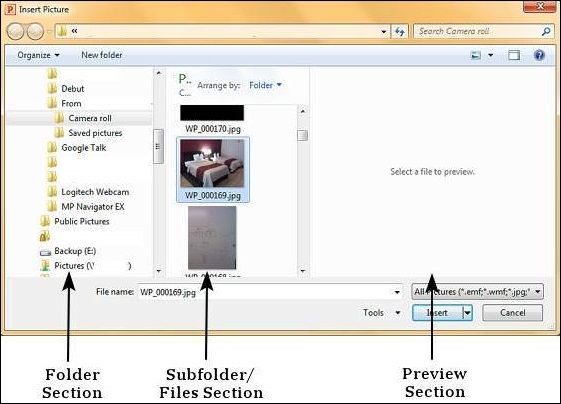
Step 4 − Select the image you want and click Open to add the picture to the slide.
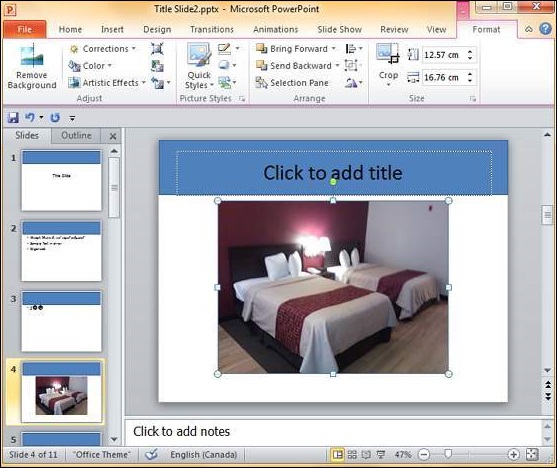
Step 5 − To add online pictures, click on Clip Art and search for keywords in the Clip Art sidebar.
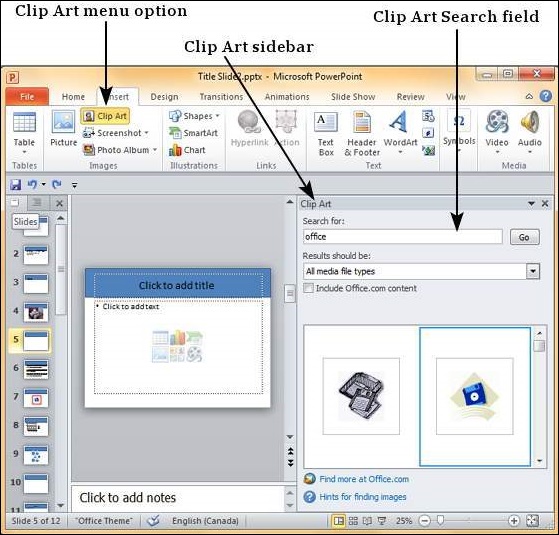
Step 6 − Once you have the clipart you want to use, double-click on the image to add it to the slide.
